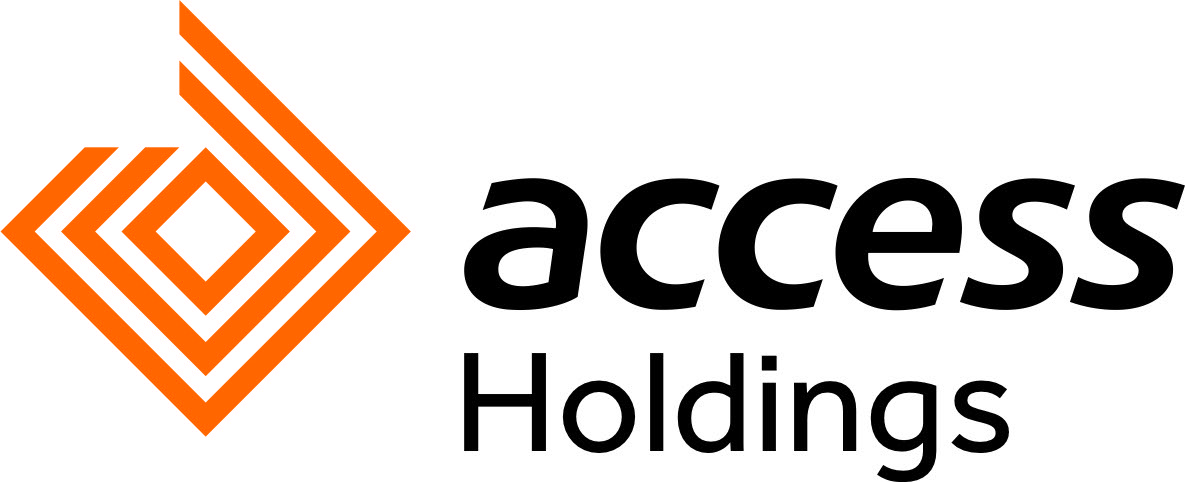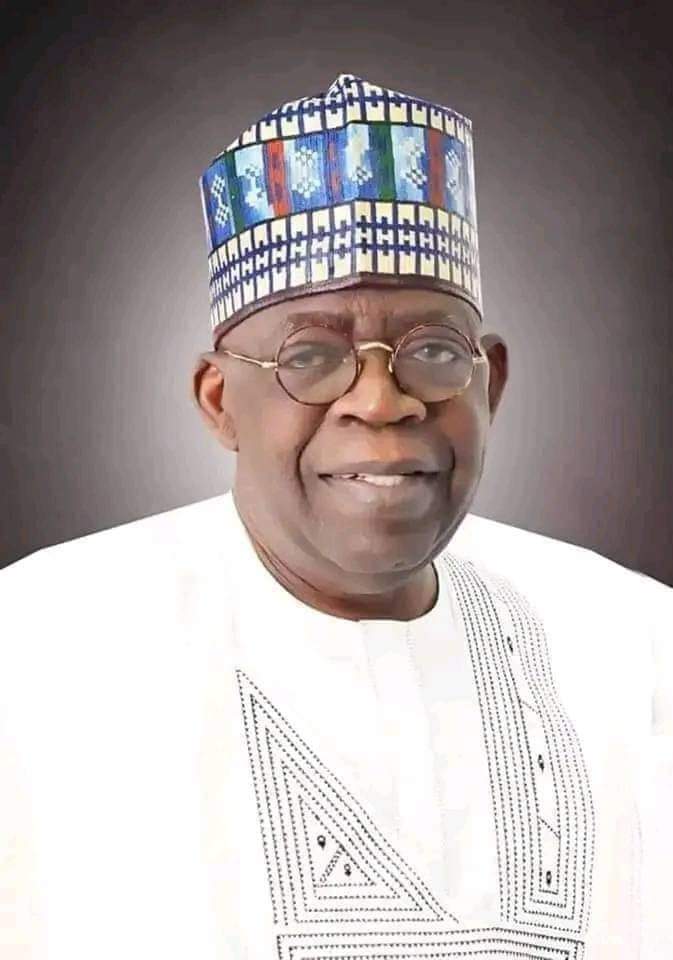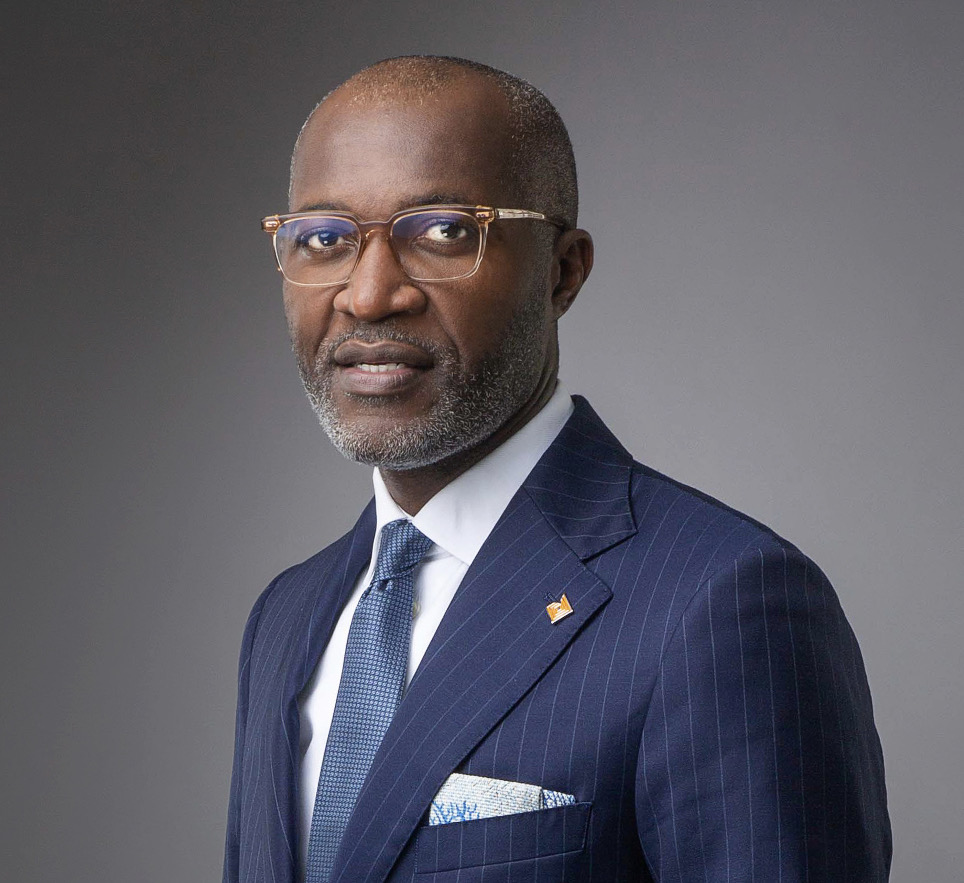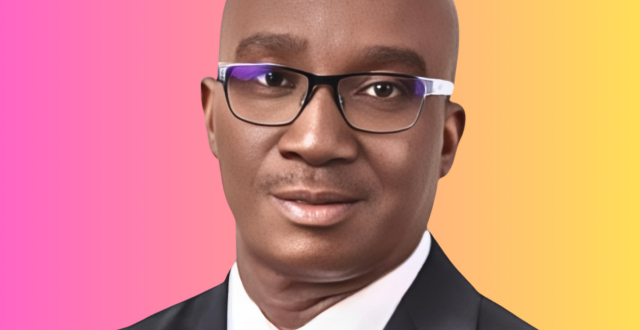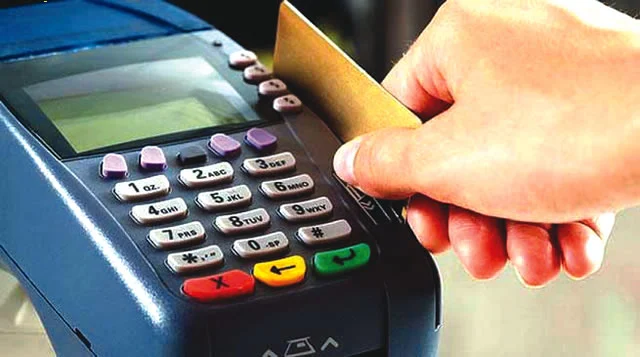Access Bank Plc will today launch its new brand identity with 400 branches.
This followed the successful merger between the bank and Diamond Bank.
A statement from Access Bank disclosed that the new brand was unveiled in front of an elegantly-clad invited audience in Lagos last night.
According to the bank, the merger created a Nigerian banking powerhouse and a pan-African financial services champion.
“Access Bank today is the largest retail bank in Africa by customer base. One bank with 27,000 staff across 592 branches, spanning three continents, 12 countries and with 29 million customers,” it explained.
Providing insight into the new brand identity, the bank disclosed that the new visual identity fuses together the best of Access Bank and Diamond Bank.
According to it, “It builds on the layers of meaning that were built into two iconic brands. Diamond Bank’s was youthful, vibrant and human.
“Access Bank’s was trusted, global and fast. Bringing them together to capture the strength created through the merger meant drawing from the essence of each logo but refreshing them to create a sense of energy and forward momentum.
“The diamond shape is fused into the three chevrons, which radiate in all directions to create layers around a core.”
Continuing, the bank explained that the retention of the access typeface, colour and font was complemented by the orange logo, which draws from the colour palettes of both banks.
It stated that the use of the diamond colour palette was further emphasised with the dominance of green in its retail application, ensuring continuity for retail customers, while the dominant orange in the corporate application provides the same sense of familiarity to Access Bank’s customers.
It stated further: “To accompany the new logo, there is a new brand promise: access. more than banking. This is more than a tag line. It is a philosophy.
“Almost 20 years ago Access Bank set out to change the face of banking in Nigeria. Its goal was to lift the continent of Africa through what it called sustainable banking, showing individuals and businesses across the country that ethical business was good business.
“Providing African businesses with access to intra Africa trade and global markets. Giving budding entrepreneurs the tools to build a business.
“Offering families the opportunity to realise their dreams. Across the country, another entrepreneur was also building a bank, with a dream that went beyond banking.
“He wanted to respond to changing lifestyles by using innovation and technology to support societal shifts. With a focus on personalised service that understood people’s desires and ambitions and made them possible.
“These two banks, one a corporate titan, the other a digital retail powerhouse, have come together to create Africa’s largest bank. For both, the philosophy remains unchanged.
“They want their 29 million customers to be able to access. more than banking. They want them to access their dreams and, in doing so, putting Africa in its rightful place on the world stage.”
Group Managing Director/Chief Executive Officer, Access Bank, Mr. Herbert Wigwe, had said: “Together, we would have 27 million customers, which is the largest customer base of any bank on the continent. We would have 33,000 point of sale (PoS) terminals, 3,300 automated teller machines (ATMs) and all of that.
“Access Bank has grown over time and has built a very strong wholesale banking capability. We have also shown significant expertise as far as treasury is concerned, risk management as well as our capital management plan.
“We created and pushed a very strong value chain strategy which was our own way of building our retail business.
“This was because we realised that the creation of a large diversified bank is critical, not just for Nigeria, but in Africa and the world. If you go to any part of the world, what you tend to see is that the top three or top five banks technically control market share.”
Speaking further, Wigwe said the combination of Access Bank and Diamond Bank would ensure that “we are able to take and solve customers’ issues right from the wholesale end, down to the man in the village, just because of the use of technology.”
Source THISDAY

